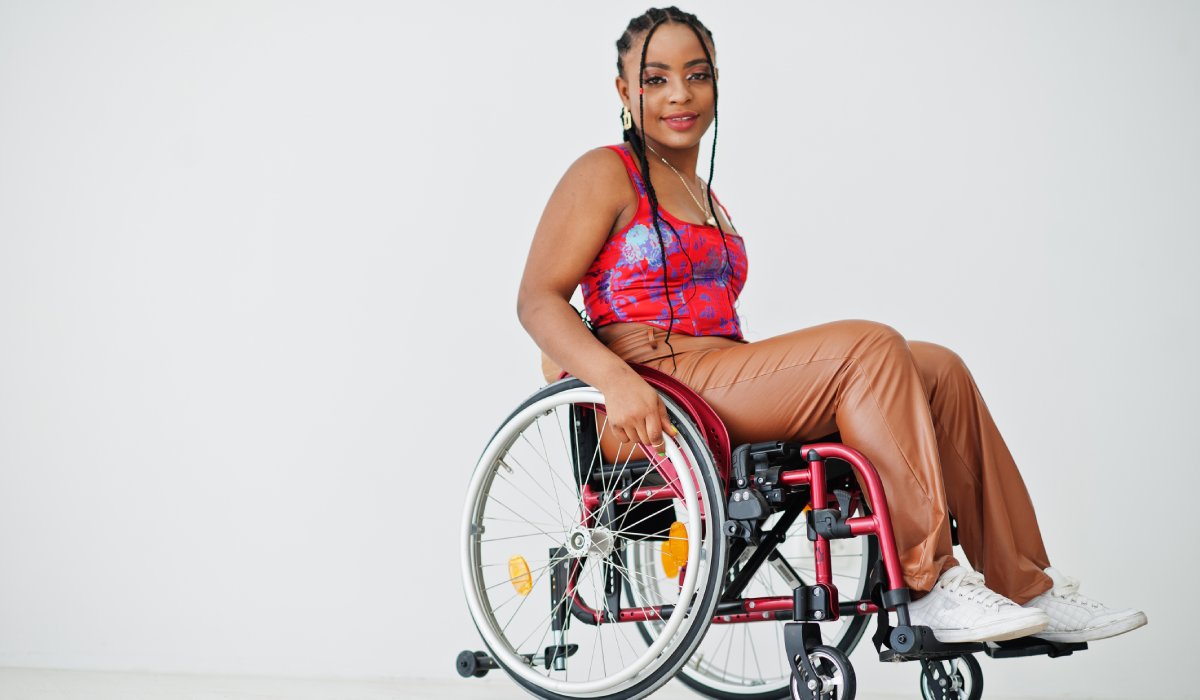Parents with children transitioning to wheelchair use can feel overwhelmed, and they might not know where to start to help their children through this. Beyond the initial adjustment period, practical decisions and lifestyle changes can significantly impact your family’s daily experience and long-term comfort. Making informed decisions early on can help you navigate the situation more easily. If you have a new wheelchair user in your family, consider these factors.
Choose the Right Wheelchair for Their Needs
Not all wheelchairs are the same, so you need one that fits your child’s needs, lifestyle, and physical condition. Consider the current options and how they will work for them daily.
Manual wheelchairs are great for portability and have lower maintenance costs, but they may not be ideal for users like younger children who lack the upper body strength required to move independently. Electric wheelchairs provide effortless mobility for longer distances but require charging and are heavier to transport, so they might not be best if you can’t transport them.
If you like to travel, you may want to choose a wheelchair for different conditions, depending on where your family likes to go. A lightweight manual chair might be ideal for someone who travels frequently, while a power chair could be essential for users with limited upper body strength or those who cover significant distances daily.
Assess Your Home Environment
Your living space may need modifications to ensure that your child can navigate their home safely and comfortably. Lots of wheelchairs struggle with door width, so start by measuring those. Most wheelchairs need at least 32 inches of clearance, though 36 inches is more comfortable.
Look at floor transitions, carpet thickness, and furniture placement. Remove or secure loose rugs that could cause their wheels to catch. Consider installing ramps for steps and grab bars in bathrooms. In addition, lower light switches and shelves to accessible heights. This way your child is safe and comfortable in their home.
Build Your Support Network
Connecting with other parents of wheelchair users can give you practical advice and emotional support throughout your family’s new lifestyle. Local disability organizations, online communities, and support groups offer firsthand insights that medical professionals might not provide.
With a support network in place, you can lean on your community. During this transition period, be mindful on days when the stress might be too much to handle, and allow yourself time to recover. Stress can impact your mental health and prevent you from being there for your child.
Learn Safe Transfer Techniques
Safe transfers between your child’s wheelchair and other surfaces are fundamental skills that prevent injuries and increase independence. Whether transferring to a bed, car, or toilet, proper technique protects both you and your child.
Consider consulting with a physical therapist to learn effective techniques. They can teach your child how to position their wheelchair, use their body mechanics effectively, and identify when they might need assistive devices such as transfer boards.
Move Forward With Confidence
Adapting to wheelchair use means considering both the practical and emotional adjustments your family must make. With these methods in place, your child’s mobility device should enhance their life and increase their independence. With the right system, they can maintain an active lifestyle as you navigate this new chapter together.









